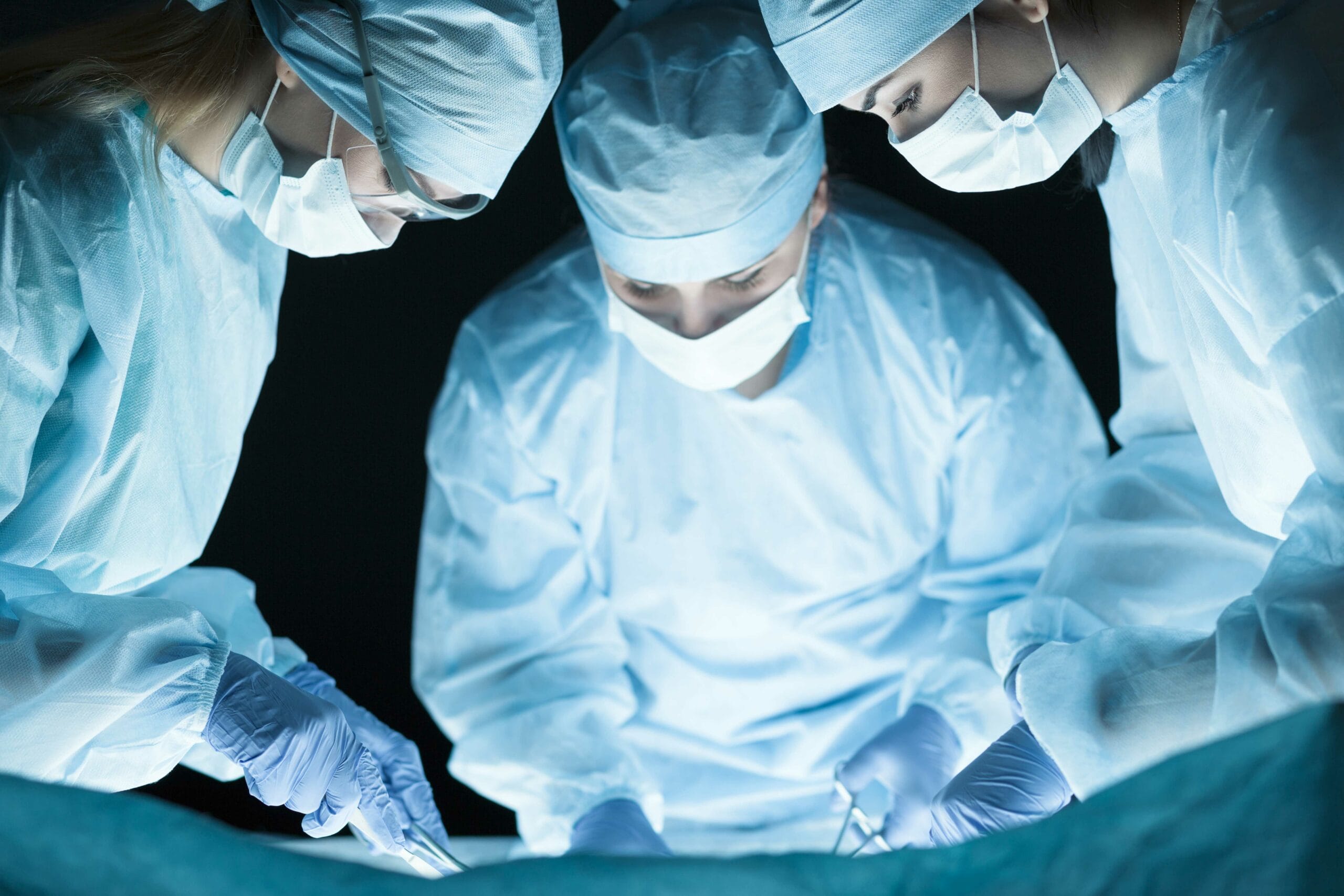Do you have a bent penis?
If you have a bend in your penis when you get an erection, you may have a condition called Peyronie’s disease. The bend could be upwards, downwards or to either side. Of course, no man’s penis is perfectly straight. A natural curvature is normal. With Peyronie’s disease, the bend is very noticeable and it makes sexual intercourse more difficult, in some cases impossible, and very often painful.
Peyronie’s disease is not an uncommon condition; it affects around 9% of adult men. While sexually active men of any age can find themselves with Peyronie’s disease, it usually is a condition that is more prevalent in older men.
We can treat Peyronie’s disease for you. At Moorgate Andrology we offer Peyronie’s disease treatment for all cases of the condition. All patients are able return to a healthy sex life given expert treatment has been provided.




